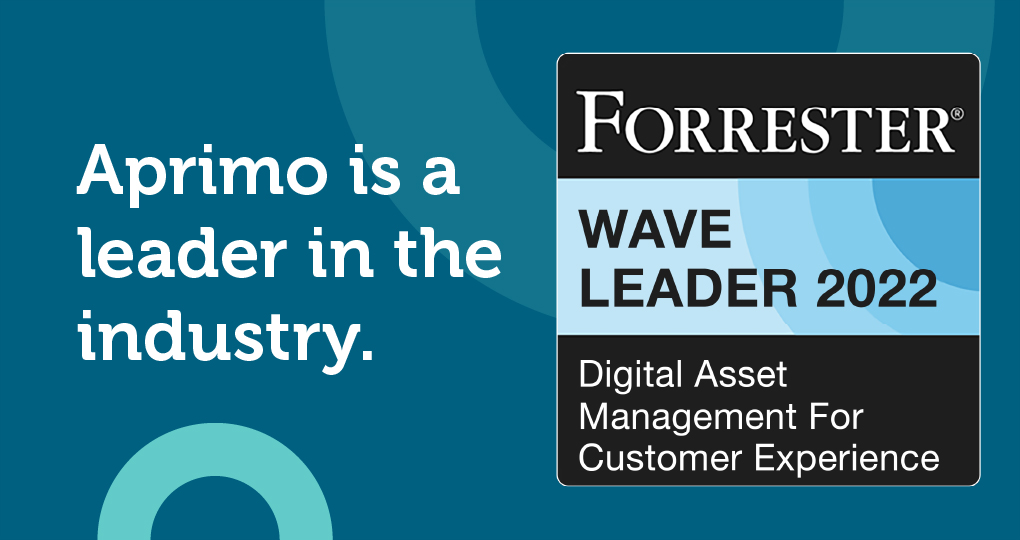How Digital Asset Management Boosts Marketing Efforts


Digital asset management (DAM) is the process of storing, sorting, and organizing data and other digital assets. It has countless benefits for businesses of all sizes, from coordinating remote teams to protecting sensitive data, as well as bolstering an organization’s marketing campaigns.
Below, we’ll break down how digital asset management boosts marketing efforts. The right DAM platform will facilitate better communication and secure a brand, helping a company reach its audience with fewer wasted resources.
The Dynamics of Digital Asset Management in Marketing
One might not think digital asset management has anything to do with marketing. But when properly implemented, DAM has benefits for all sectors of a business.
A digital asset is defined as any item of value in a digital format. That includes crucial elements of a brand ? its logo, slogans, designs, and more. DAM services protect those assets and provide a secure platform for a marketing team to collaborate and share feedback. A DAM system won’t replace an organization’s marketing software, but it works alongside it to enhance its marketing efforts.


Efficient Organization and Categorization
Successful marketing revolves around content: photos, videos, graphics, informative articles, and more. DAM systems keep that content organized and categorized using automatic sorting.
Modern DAM systems utilize AI and meta-tagging to categorize large amounts of content. By automatically tagging and sorting content based on metadata, DAM saves time and makes it easier to find assets quickly. Meta tagging also reduces the risk of human error, ensuring that crucial elements of a company’s marketing campaign don’t get lost in the shuffle.
Facilitating Collaboration and Boosting Productivity
DAM facilitates better communication by providing a unified platform where all team members and stakeholders have real-time access to their organization’s assets. With DAM, marketing teams can provide feedback and make changes to content directly on the platform instead of sending files back and forth and communicating across multiple channels.
This supports version control, ensuring only one agreed-upon version of each asset, and helps to boost productivity by cutting out confusion and wasted time. Here are a few more ways professional DAM supports productivity for marketing teams:
-
Tagging ? Tagging content allows for quicker communication and sorting. It also reduces the risk of duplicates, which can happen when assets are sent back and forth and downloaded onto multiple devices.
-
Approval ? DAM systems allow for manual sorting and verification. Administrators can easily find and approve content, separating it from content that still needs work.
-
File format unification ? Within a DAM system, all files will be in a unified format. That means less time wasted downloading new software or trying to open a file that isn’t compatible with an employee’s device.
-
Automatic conversion ? When someone does need to convert a file ? for example, from a JPEG to a PDF ? many DAM systems can do it automatically. Files will automatically convert to the right format as they are tagged and sorted.


Maintaining Brand Consistency Across All Channels
Consistency is a vital component of any successful brand. Consistent imaging and messaging build trust with an organization’s target audience. Inconsistent messages can lead to hesitancy ? users like to see a brand they’re familiar with.
This is another area where professional DAM supports an organization’s brand. Storing content on a shared, accessible platform creates uniformity. For example, let’s say a marketing team hires a new designer. Without accessible DAM, the designer might come up with their own ideas about colors or patterns. This can lead to inconsistent branding as they start their work.
With the right DAM platform, the new designer will have access to company-approved color palettes, designs, examples of tone and voice, and other elements of the brand. They can pick up their work precisely where the last designer left off.
Time and Cost Savings: An Essential Marketing Advantage
Finally, implementing DAM in an organization’s marketing efforts saves time and money. Here’s how:
-
Streamlines communication ? DAM brings communication and feedback to a single platform, saving more time than cross-platform communication.
-
Reduces confusion ? When everyone on the marketing team has access to the official, company-approved versions of marketing content, there is less confusion over tasks and milestones.
-
Integrates with multiple software programs ? DAM platforms integrate with most design software programs, such as Adobe Photoshop and Illustrator, allowing designers to seamlessly edit and save content on the platform.
-
Reduces staff hours ? With automated tagging and storage, DAM systems reduce staff hours, helping businesses save money in the long run.
Will a company’s DAM system automatically save costs as soon as the team integrates the system with its existing marketing software? No ? to make the most of a professional DAM, organizations need to train their teams, move all relevant content to the platform, and take advantage of every tool and resource the DAM provider offers. It’s also important for decision-makers to pick a customizable, flexible DAM system that will grow and change with the business.
With the right digital asset management system, a company’s marketing team can boost productivity, streamline workflows, and ensure a consistent brand. To stay ahead of the curve and boost marketing efforts, successful organizations turn to a professional DAM platform.




